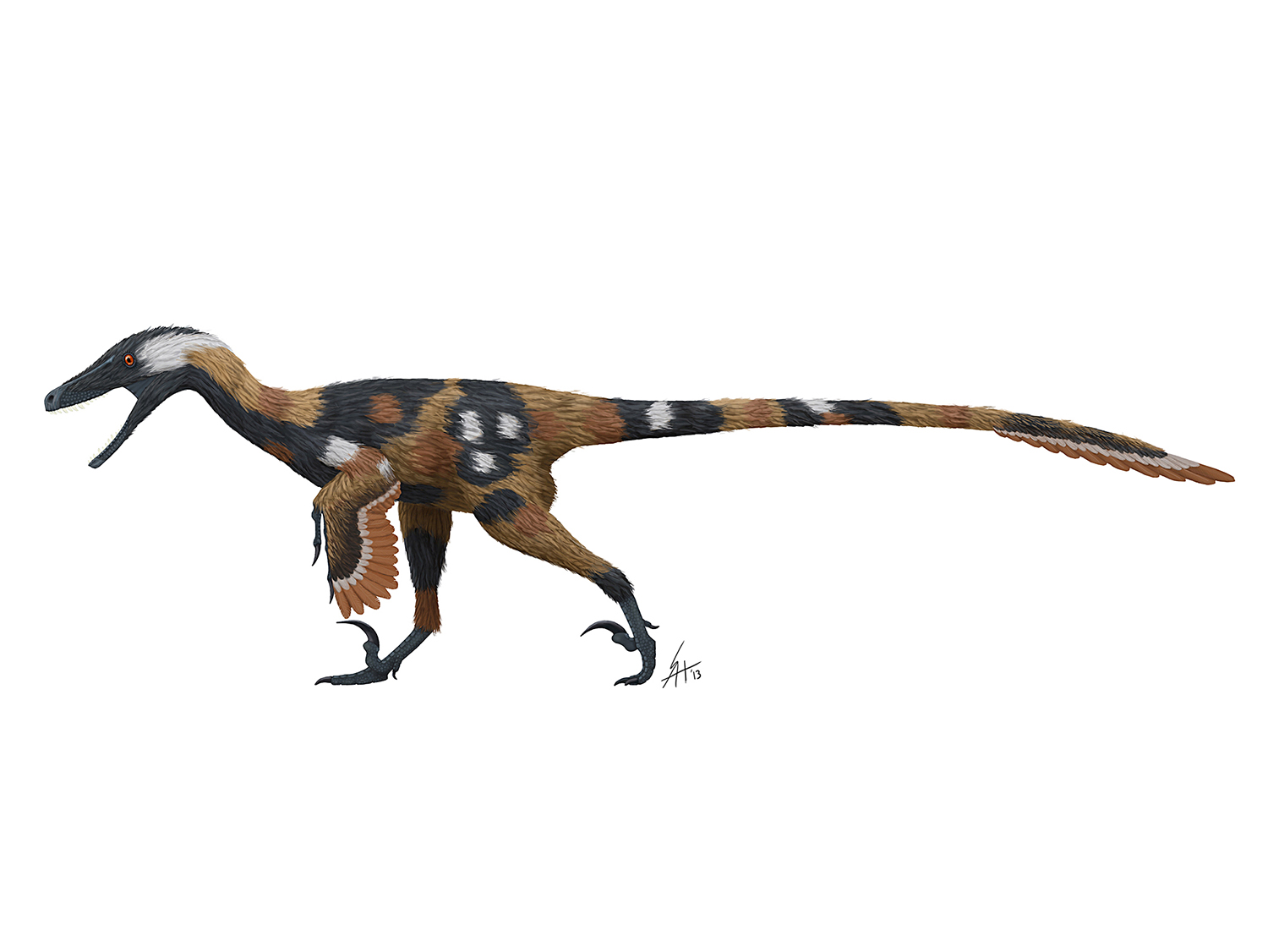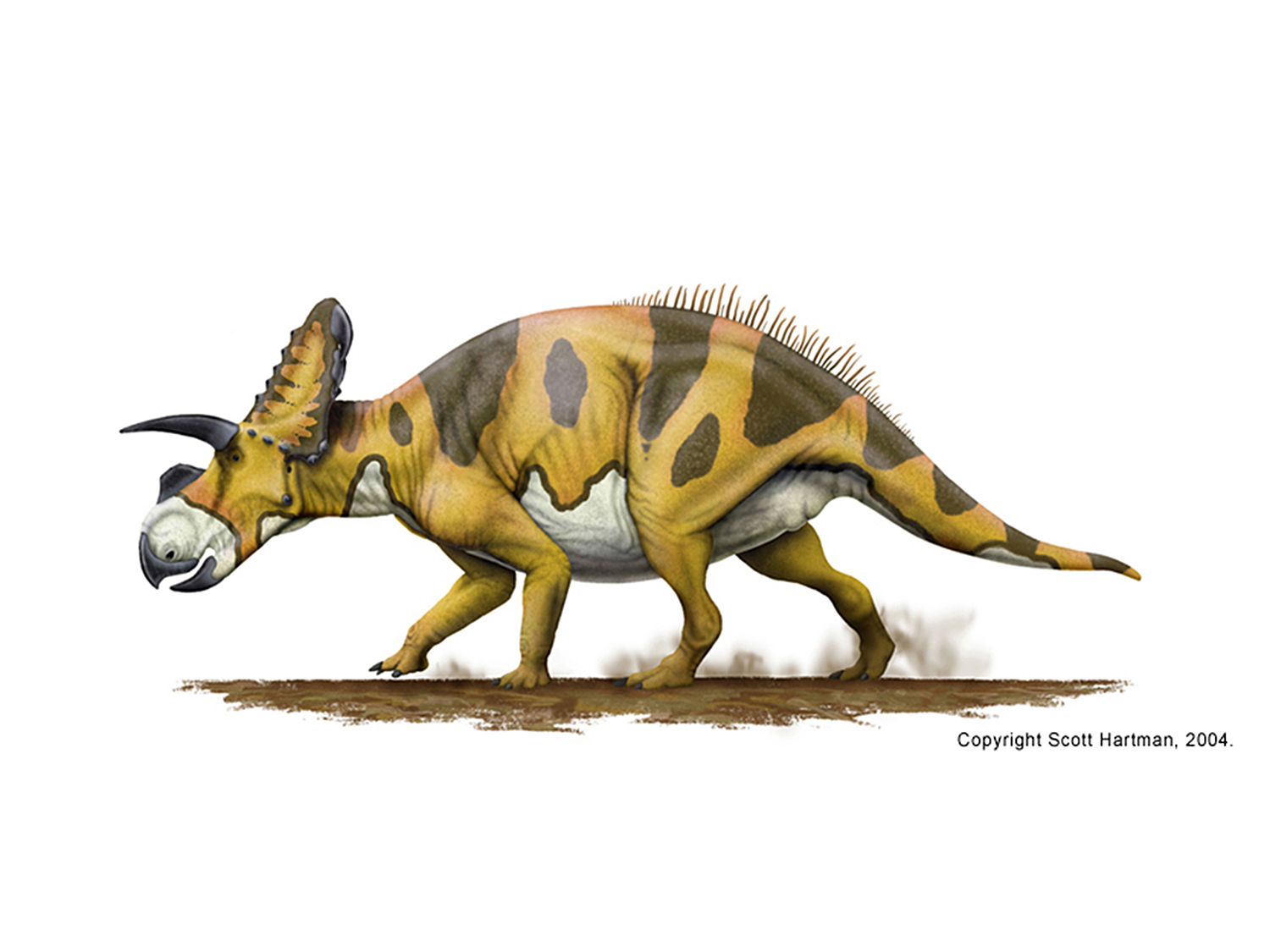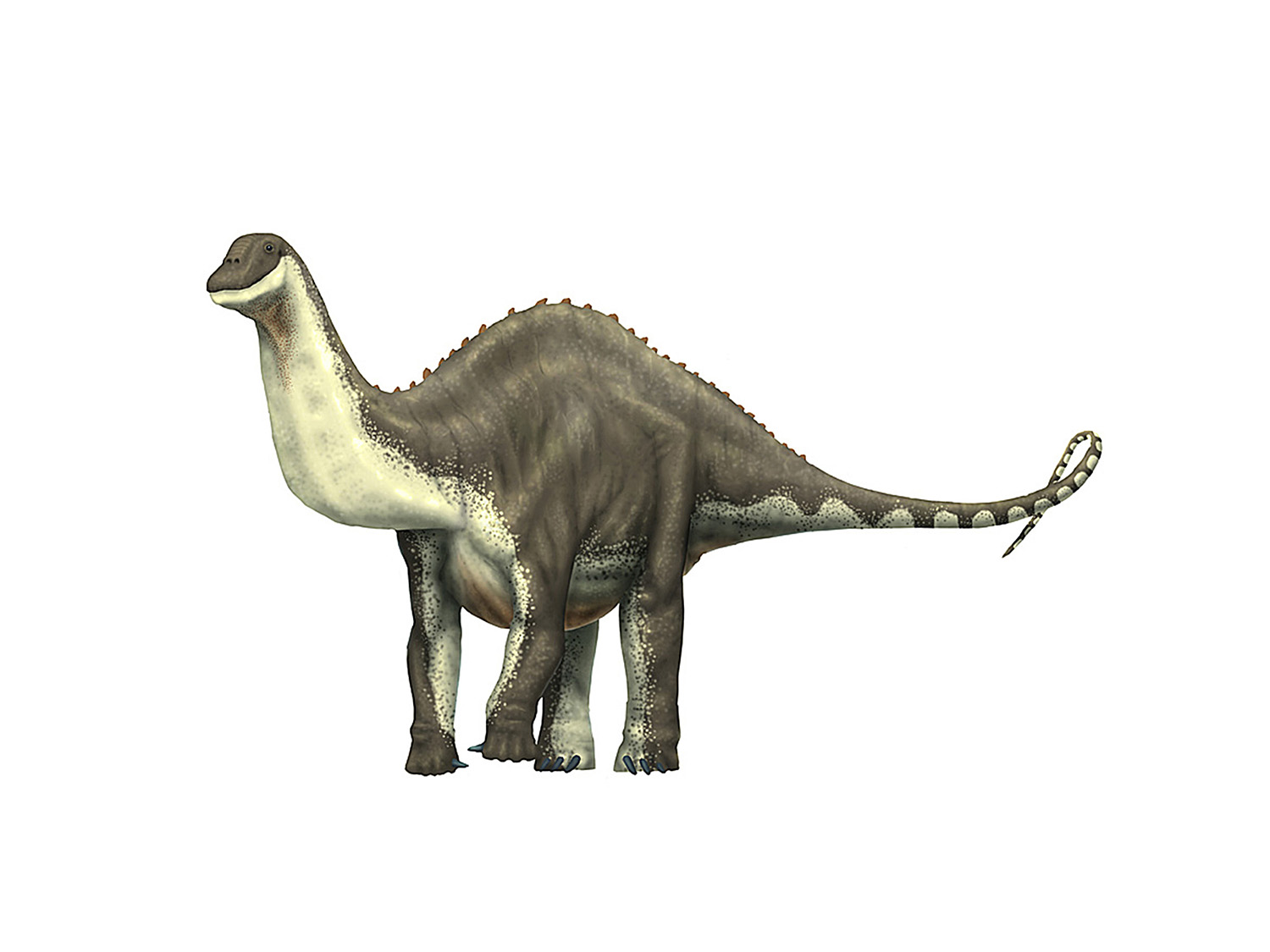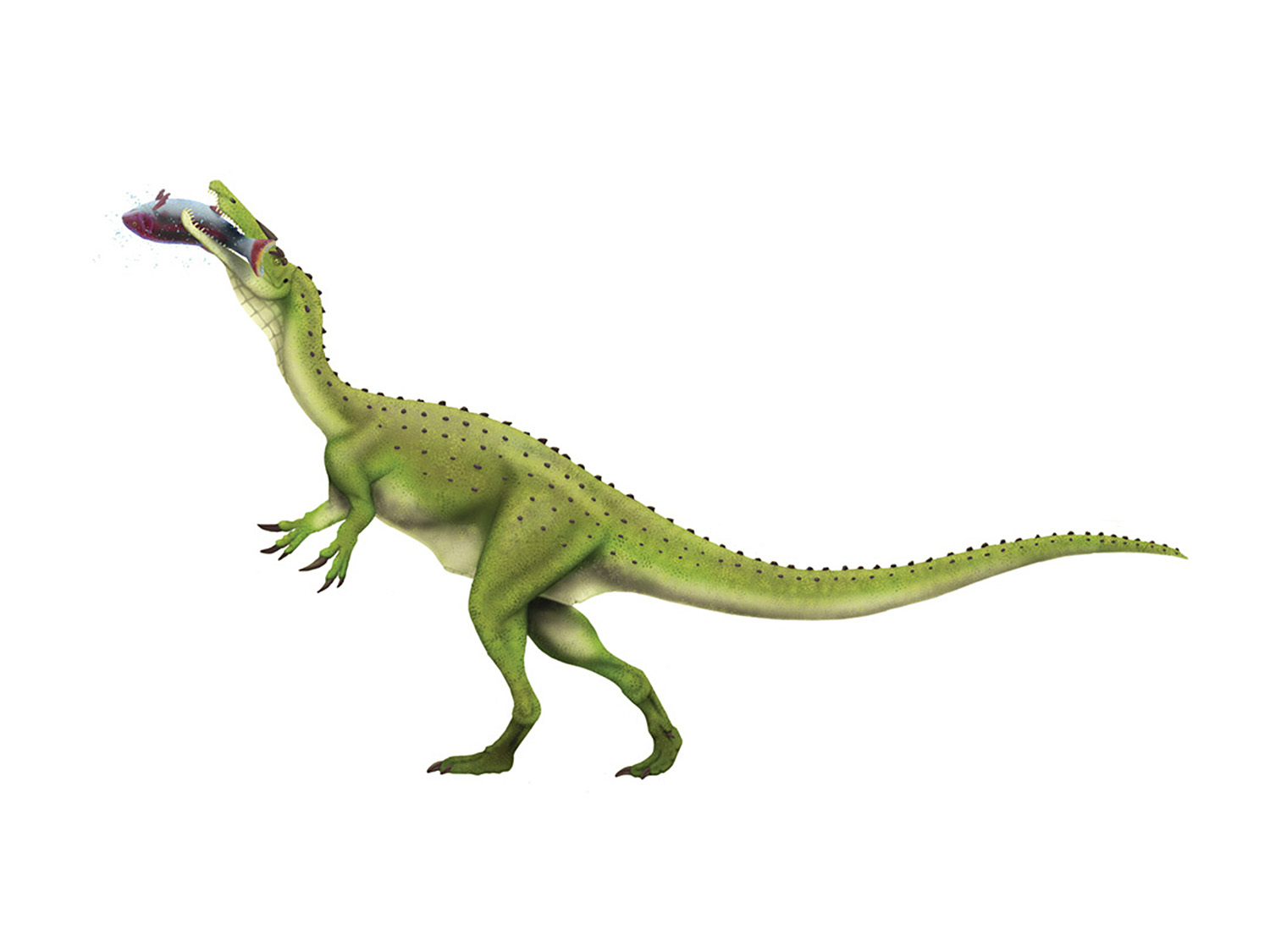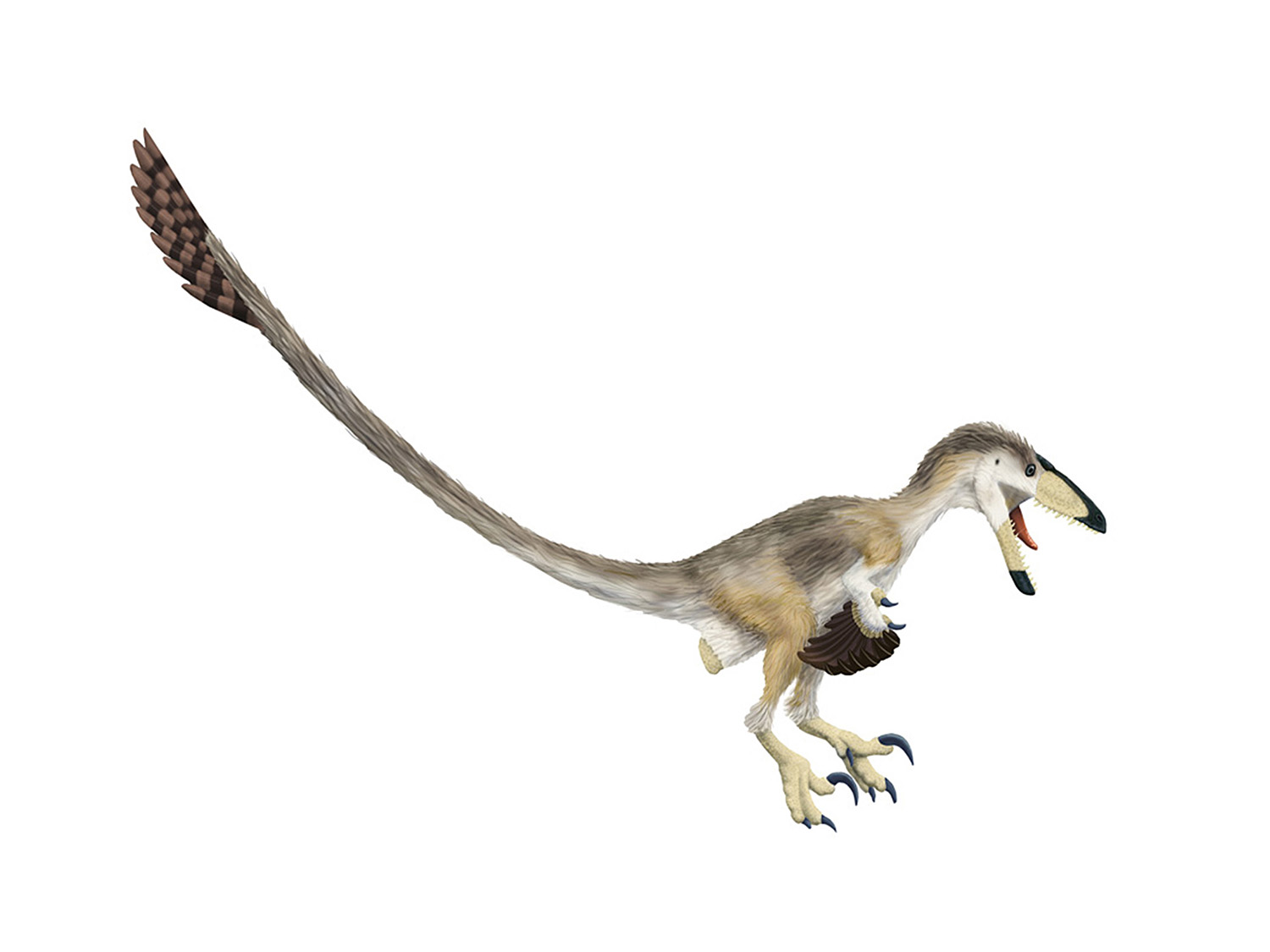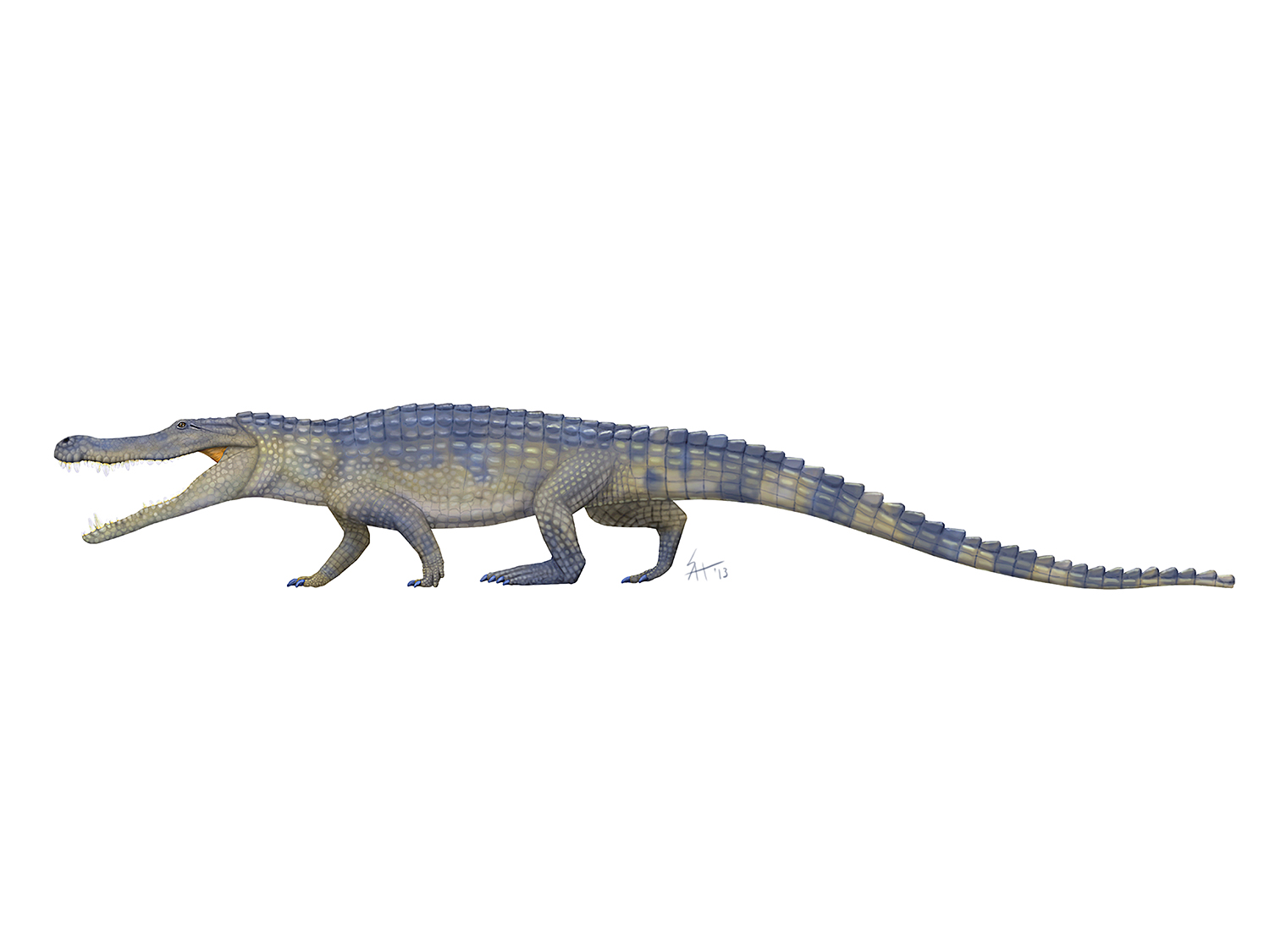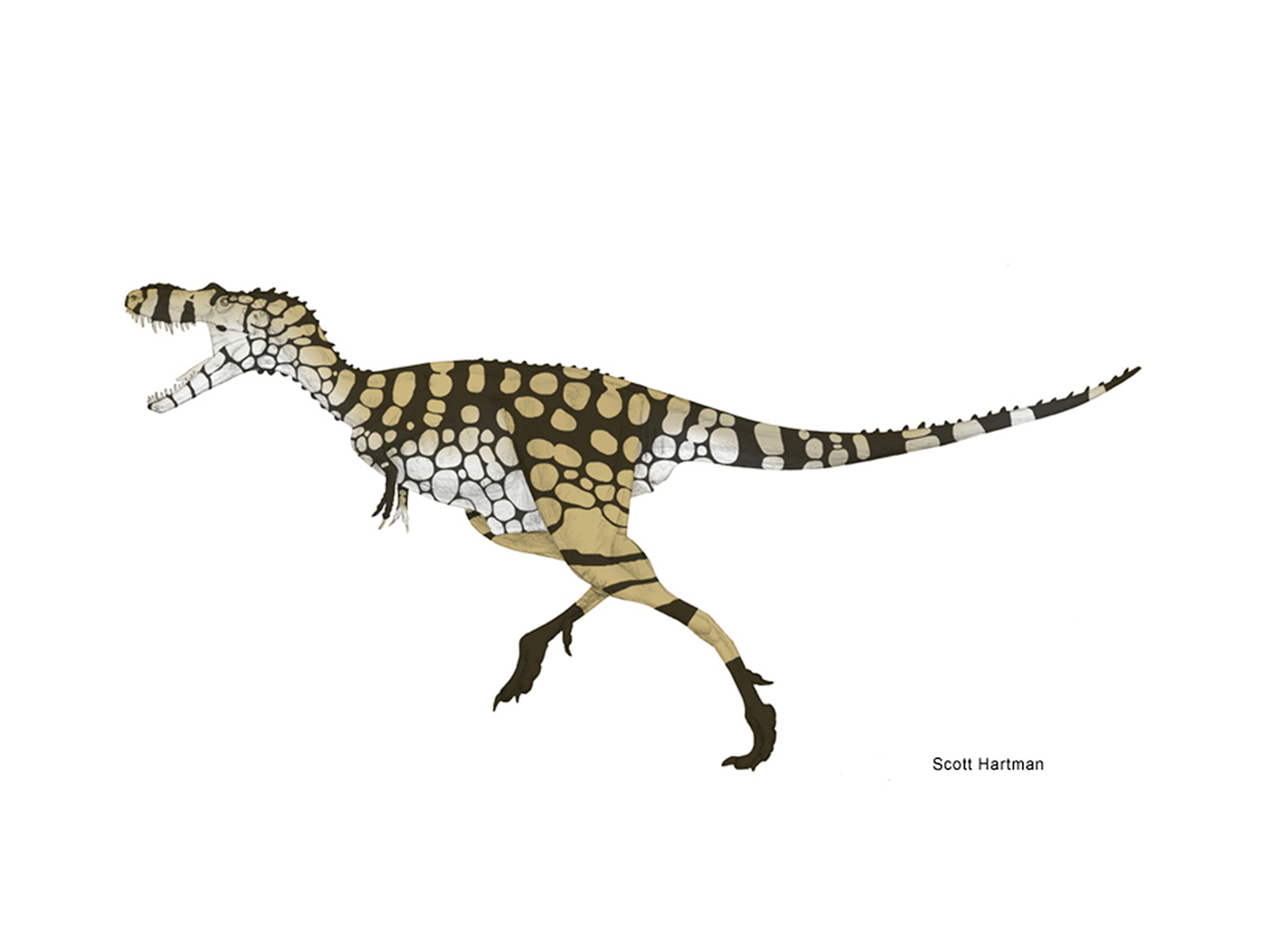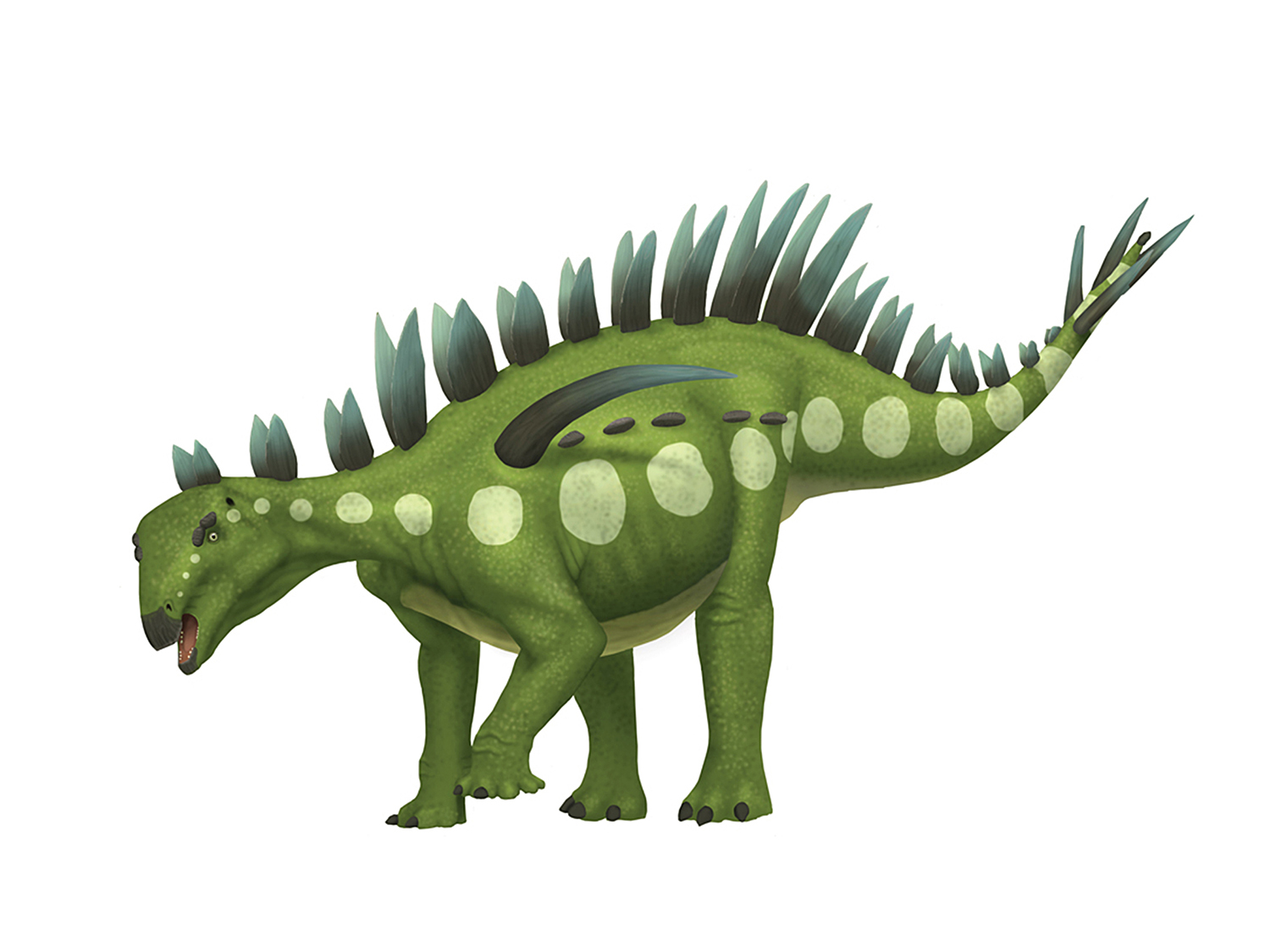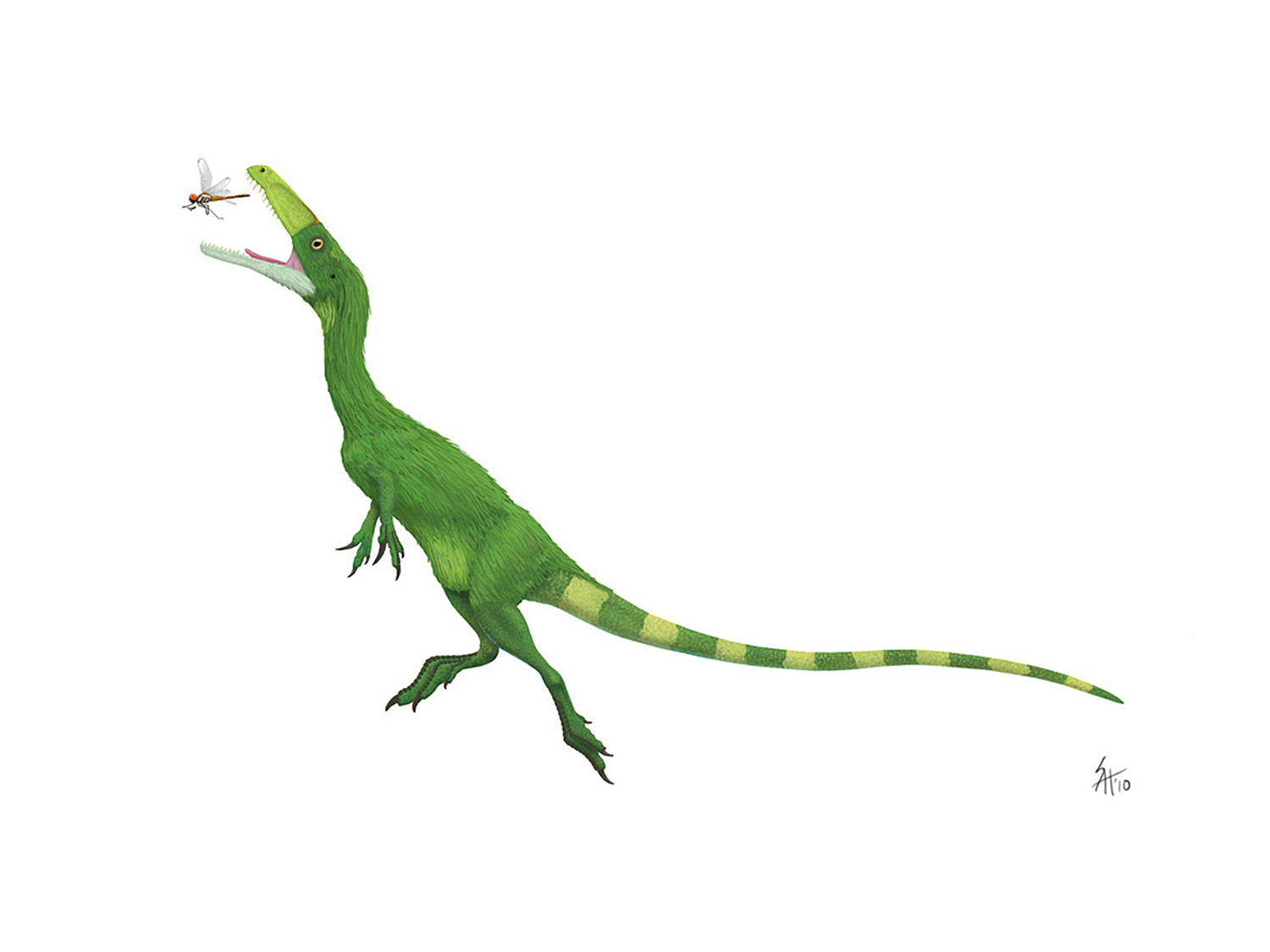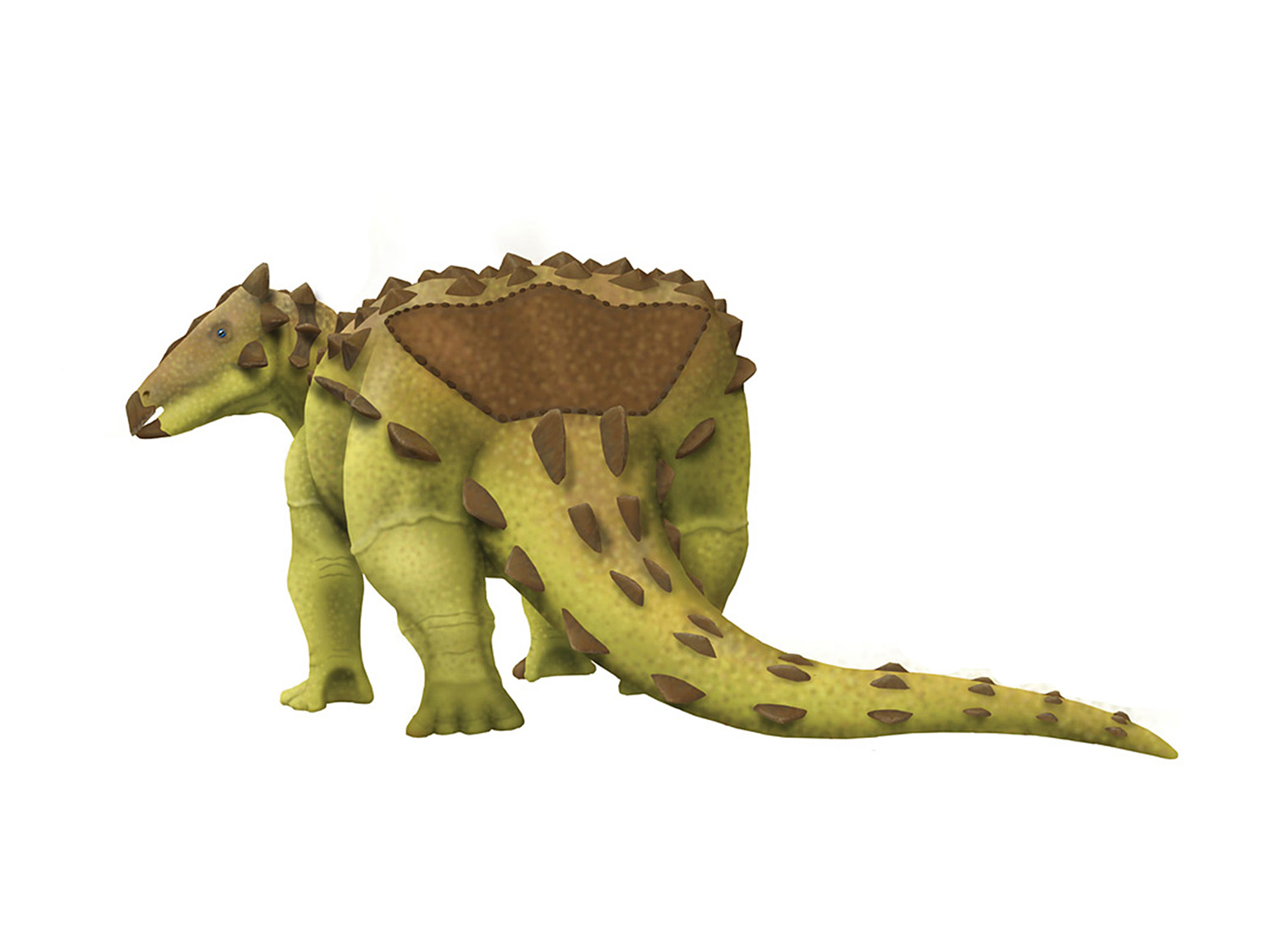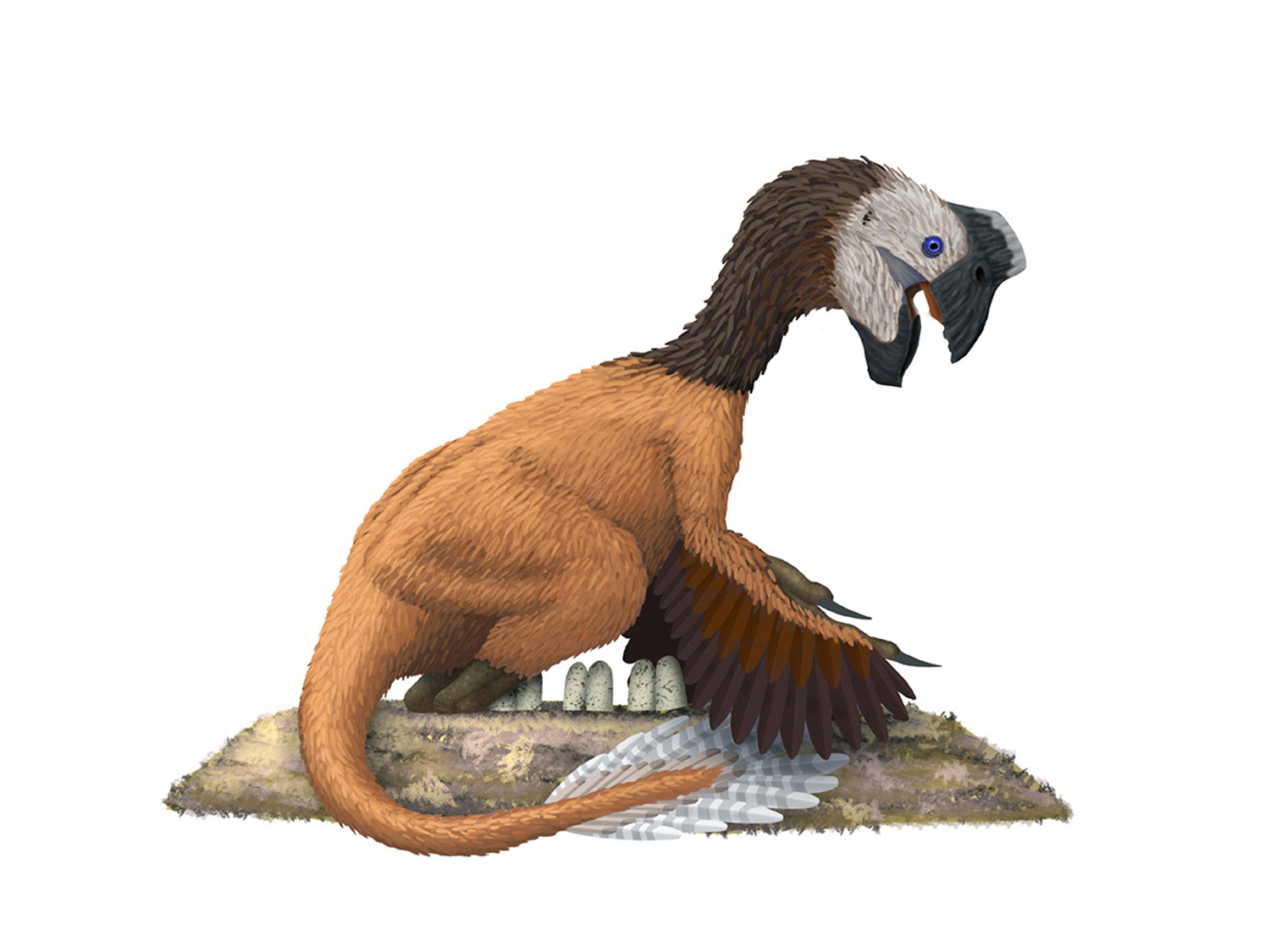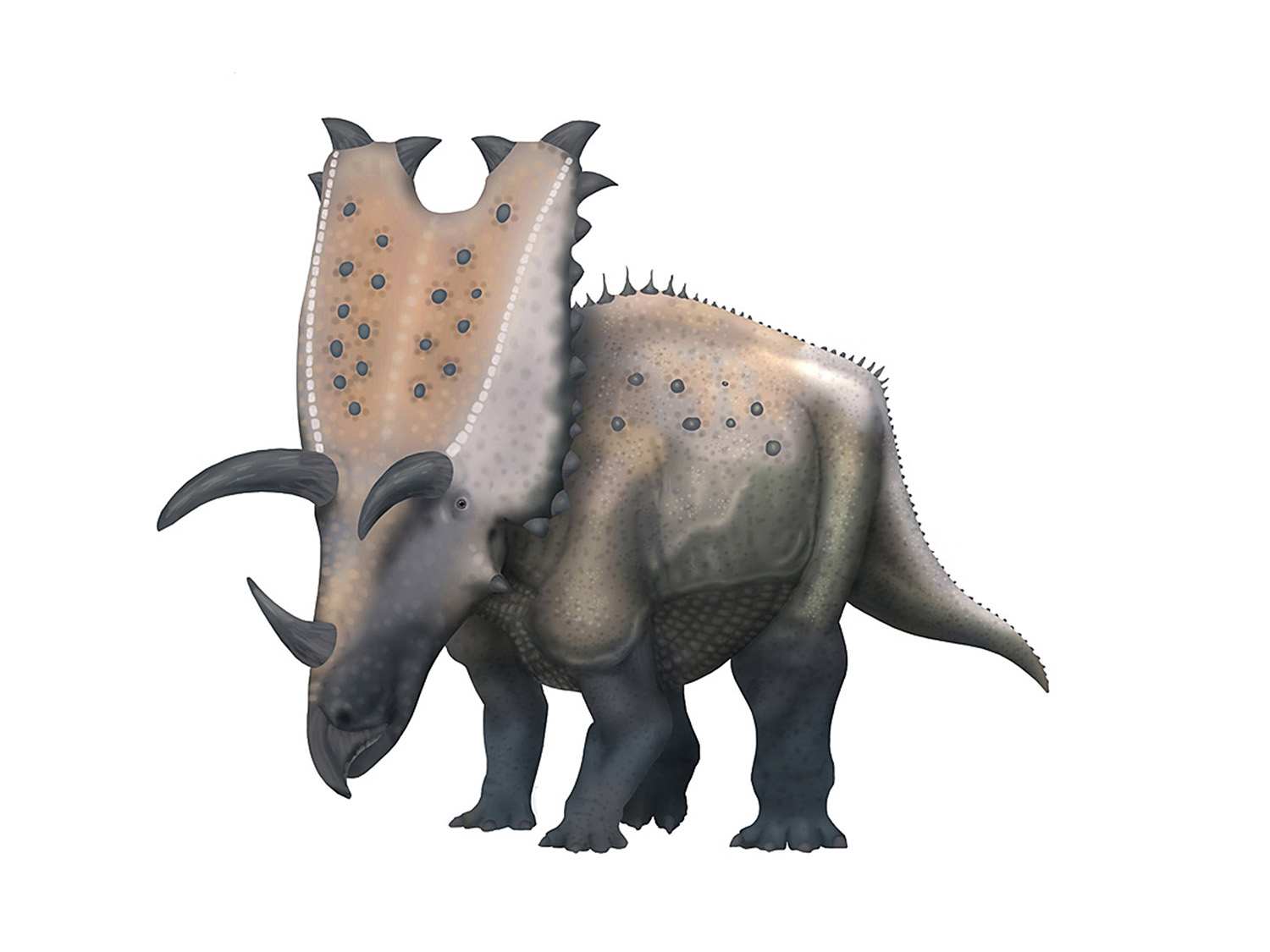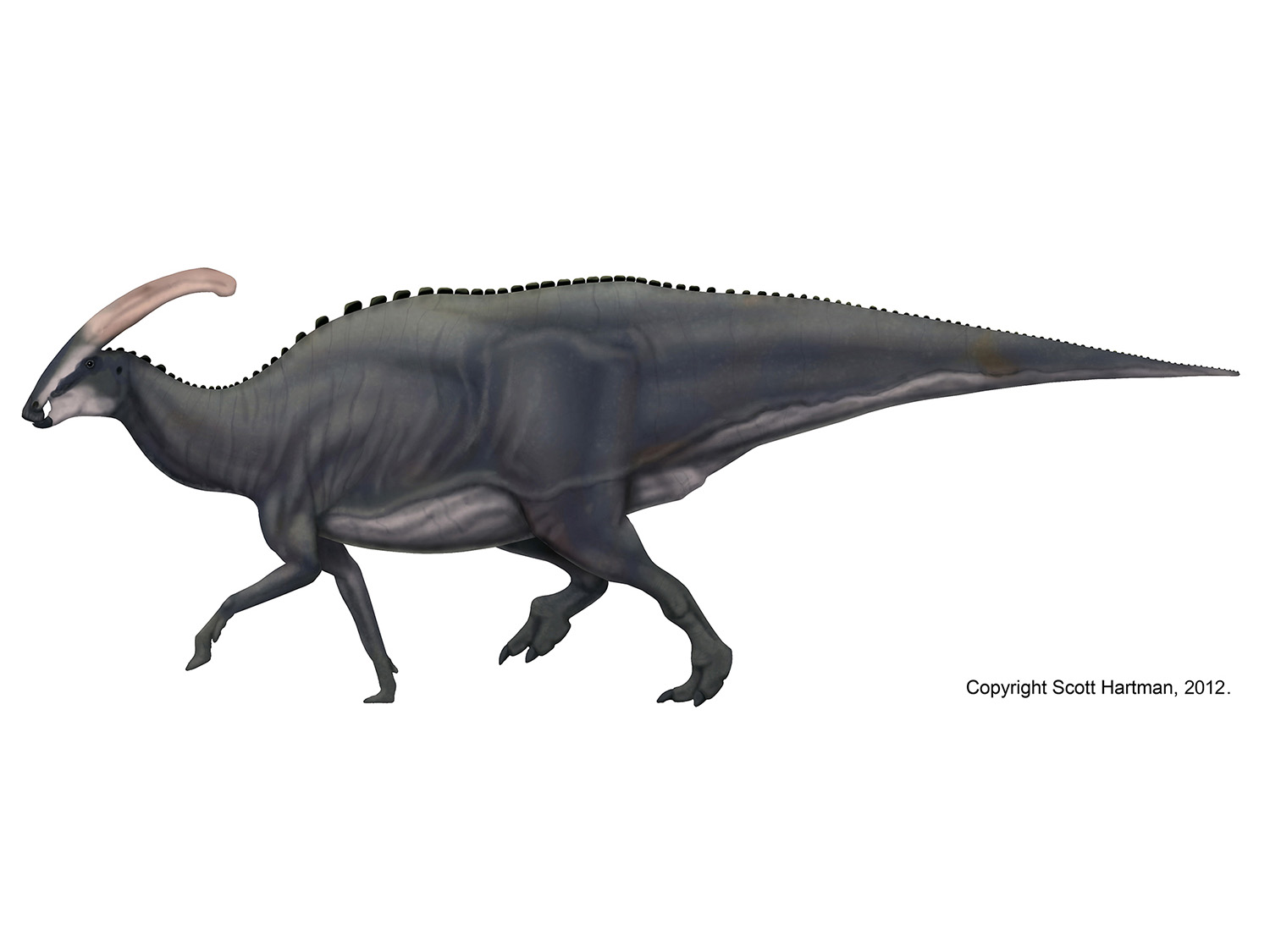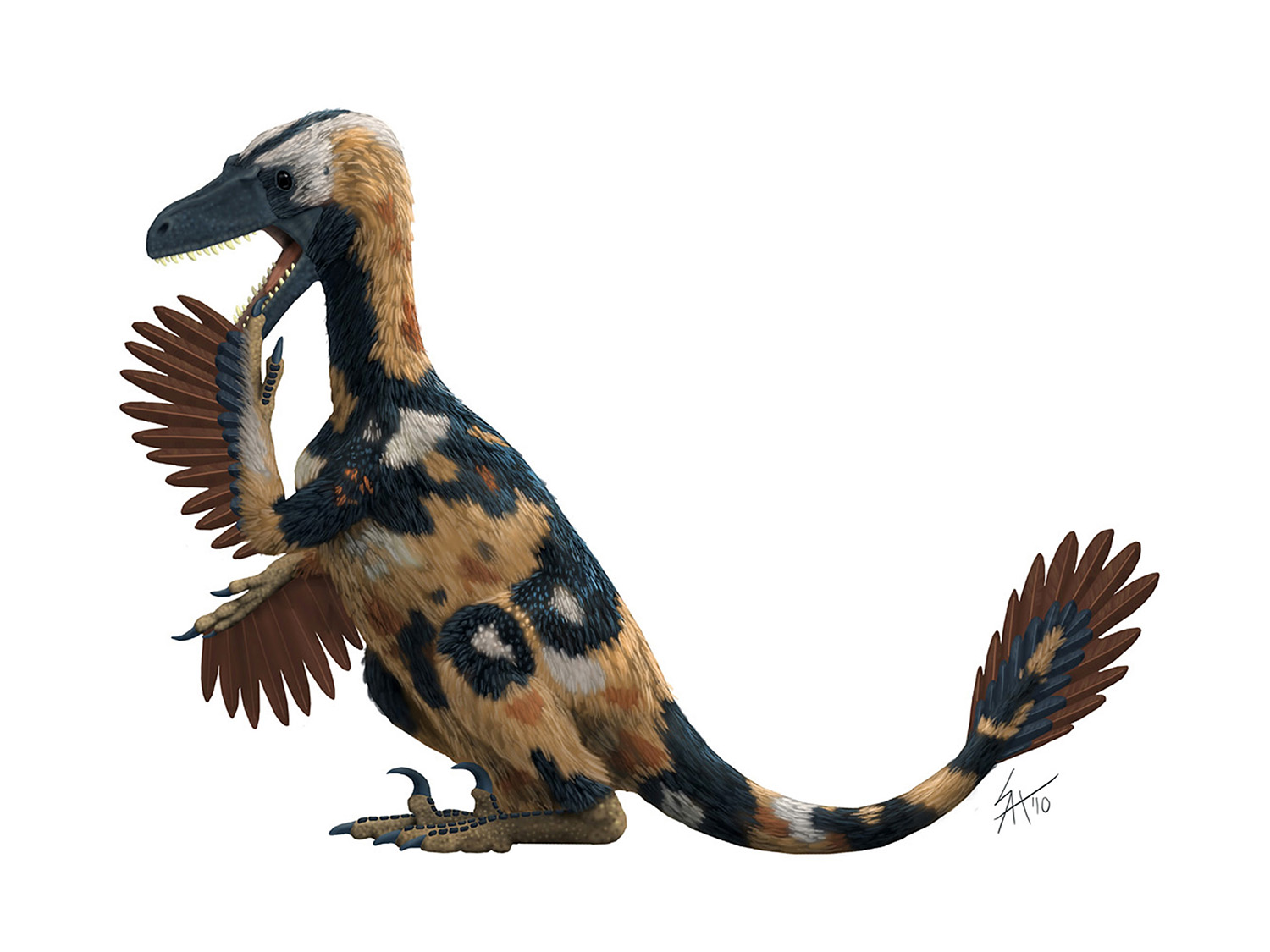Scaling issues - a minor irritation?
/Irritator challengeri, copyright Scott Hartman, 2013.
The Super Spinosaurus? post produced some interesting conversation; in particular Marco asked a good question about whether using the skull of the South American spinosaurid Irritator would have a material impact on the size of the animal.
In addition to that question, and in anticipation of my promised look at mass estimates in the biggest theropods, I wanted to take this opportunity to briefly look at how how these scaling issues can lead to mass estimate bloat.
If you haven't heard of Irritator, now would be the time to go read up on it. The name refers to what it sounds like - being downright annoyed at having to fix a previous attempt at preparing the skull (and discovering that some of the features were not actually real). But now that the skull is fully prepared and described, it provides the most complete articulated spinosaurid skull available. And as an added bonus it's also more closely related to Spinosaurus than to cousins Baryonyx and Suchomimus.
Above you can find my rigorous reconstruction of Irritator 's skull (the dark gray area roughly represents the Angaturama snout that has been referred). Of note is that it's actually quite similar to how I've restored the skull of Spinosaurus (which was based in part on photos of unpublished specimens).
Skull reconstructions of Spinosaurus (top) and Irritator compared.
Comparing the skulls as the same snout depth, you can see that the back of Irritator's skull is relatively shorter compared to the reconstructed Spinosaurus skull. A close inspection of the snout, however shows that strictly-speaking they aren't 100% comparable. Irritator seems to have proportionately more space between the nose and the antorbital fenestra (the hole in front of the eyes). It's not clear whether this effects the overall length of the snout, but it certainly impacts which parts of the face are lengthened (i.e. Spinosaurus appears to have a more retracted nose). So you can't simply take the big MSMN V4047 Spinosaurus snout and scale it based on Irritator's skull, as there isn't a perfect fit with which to scale it.
This probably shouldn't be hugely surprising - while Irritator and Spinosaurus are fairly close relatives, they do live on separate continents and possibly at different times - there's no reason we should expect their skulls to be clones of one another.
Even better, it doesn't matter much for size estimates. Scaling my current Spinosaurus skull up to the size of the big MSMN snout yields a skull in the 163-164 cm range. Hacking off the back of Irritator's skull and pasting it onto the back of the same snout results in a head that is ~`158 cm... a difference of less than 4%.
A 4% difference in skull length translates to less than half a percent on the length of the entire animal - far less than the actual margin of error we have (mostly from unknowns in the tail length). Even better, it has no bearing on the mass estimates at all - the issue of whether the skull was a bit shorter or longer doesn't impact the torso length, that relationship is instead determined by the size of the head (and type mandible) to the type vertebrae.
Which brings me to my last point: mass estimate bloat. Whether looking at giant theropods or sauropods there is an almost continual creep of size estimates on the internet (and sometimes in the peer-reviewed literature) as people seem to try and find any excuse to get the largest possible number. There are several ways this happens, but one in particular that I'd like to address right now:
Remember the difference between varying proportions and scaling an entire animal up!
Because of the non-linear relationship between linear dimensions and volume, scaling up an entire animal leads to exponential growth in the mass estimate. So a T. rex that is three feet longer than Sue may weigh several tons more. But that's only true if you are truly scaling up the hole animal, not just making a skull or a tail longer.
My reconstruction of MSMN V4047, for example, is shorter than 16 meters in length. I try to be as careful as possible about not hiding the uncertainty in these estimates, so given how little of the tail is known I happily pointed out that the specimen could be anywhere from 15-17 meters (or even more) in length. But! I don't mean that you can take a mass estimate of the type specimen and scale it up to a 17 meter long animal - what I mean is that it's hypothetically possible that you can add an extra meter or two of tail to Spinosaurus. That means the mass estimate is still basically for a <16m long spinosaur that just has a couple dozen kilograms added in tail length, which is radically different from the 15-20 ton estimates you get the other way.
Likewise, it's pointless to try and scale up isolated toe bones (like UCMP 137538, a single T. rex toe bone) because we don't know the proportions of the toe bone's owner. Not only is there normal variation in a population, but with pathology the amount can vary even in the same specimen (check out both hands of Big Al, metacarpal one varies in length by almost 50%).
I'm not trying to poo poo people who are interested in maximum size. But we need a bit more rigeur when trying to establish how big they were. And exactly how big do I think they are? It's coming, I promise.



